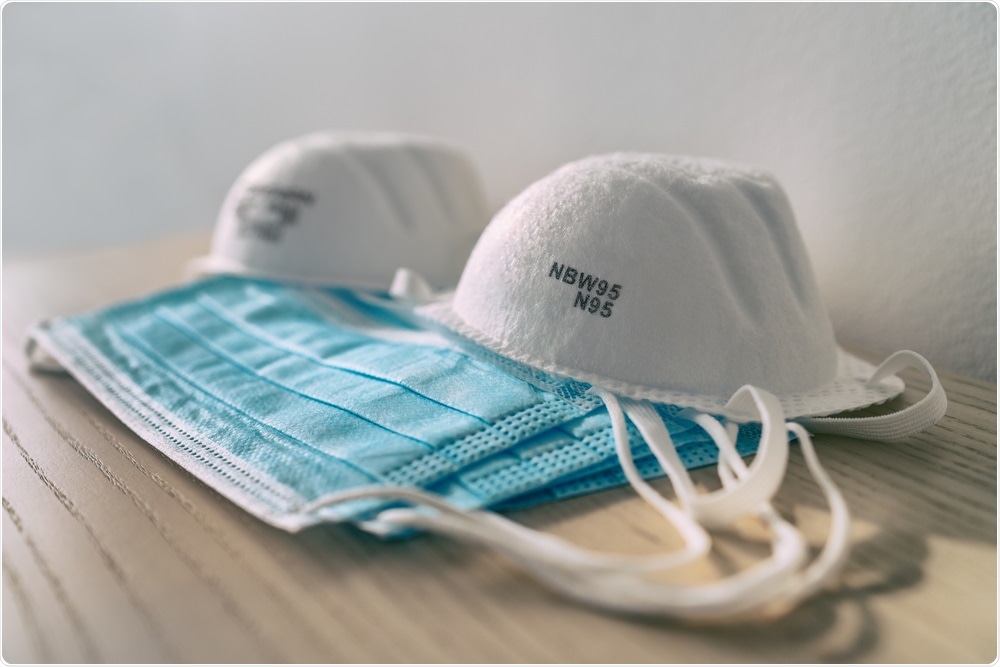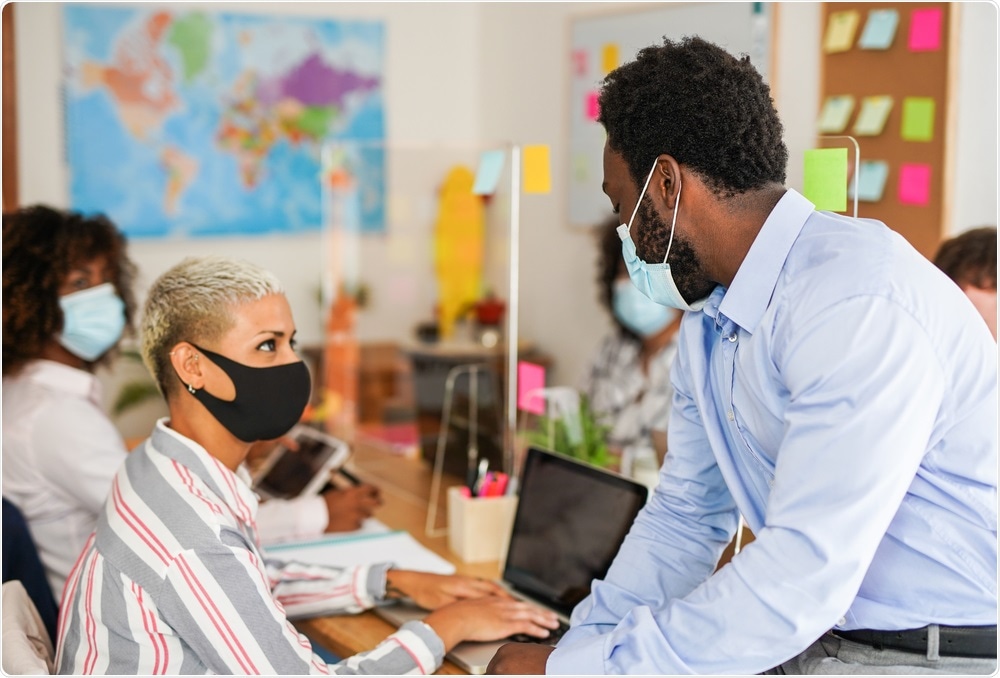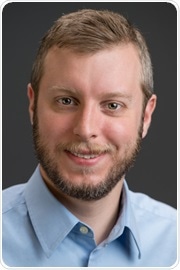News-Medical speaks to Dr. Joe Toscano from Villanova University about his latest research that investigated the impact that face masks have on speech recognition.
What provoked your research efforts into the ongoing COVID-19 pandemic?
Our research focuses on questions about speech perception and language processing more broadly.
We were interested in studying the effects of face masks, in particular, given the widespread use of masks to help prevent the spread of COVID-19 and possible concerns over how they might affect speech recognition.

Face Masks. Image Credit: Maridav/Shutterstock.com
Can you give an overview of the different types of face masks available?
In our study, we looked at four types of masks: a surgical mask, an N95 respirator, and two homemade cloth masks (one with a fitted design and one with a pleated design). Cloth masks have been used by the general public during the pandemic, whereas N95 masks are used by healthcare professionals.
We were particularly interested in the effects of the homemade masks since many people use these types of masks every day and there was only limited previous research on how they might impact speech recognition.
How does background noise affect hearing?
Background noise can have a large impact on hearing, though listeners with normal hearing are generally very good at recognizing speech even in background noise. The type of noise we looked at in our study is called multi-talker babble, which consists of multiple talkers speaking at the same time (six talkers in our study). It sounds similar to what you might hear in a crowded restaurant.
Also, it is important to note that, for listeners with hearing difficulty, background noise can have an even bigger effect. In our study, we only looked at effects for listeners with normal hearing.
Can you describe how you carried out your latest research into face masks and speech recognition?
We presented listeners with spoken sentences and asked them to type the sentence that they heard. Sentences were presented in the multi-talker babble noise, in either a relatively easy condition with low levels of noise or a difficult condition with high levels of noise. We recorded sentences while wearing each of the four masks and when wearing no mask.
In all the conditions, the listeners only heard the sentences—there was no visual information like you would get in face-to-face communication. As a result, the study just focused on the auditory effects of the masks. The loss of visual information could play an additional role in face-to-face settings.
What did you discover?
We found that, in low levels of background noise, typical of noise levels in many everyday settings, listeners were very good at recognizing speech produced without a mask, as we expected. They correctly recognized 94.3% of the words in the sentences for this condition.
For speech produced with the masks, they also did rather well, particularly for speech produced with the surgical mask, where they were 93.5% accurate. Overall, masks had relatively small effects in this condition.
In contrast, when the background noise was very high, listeners were only 45.2% correct for speech produced without a mask, demonstrating that this was a very difficult listening condition. Here, we found larger differences between the masks. The surgical mask again led to the best performance among the masks, and listeners were less accurate for the N95 and cloth masks.

People speaking whilst wearing masks. Image Credit: Sabrina Bracher/Shutterstock.com
Prior research has been conducted into speech recognition whilst wearing masks but has had limited sample sizes and other limitations. How did your research overcome some of these limitations?
We used a large sample size (181 participants) in this study. We also tested conditions that were both relatively easy (low levels of background noise) and more challenging (high levels of background noise).
Previous studies had looked at some of these conditions for certain types of masks on their own, and overall, the effects we found in the current study matched what we would expect based on that previous research.
What are the next steps in your research?
We would like to investigate a wider variety of masks and look at the effects of double-masking. We would also like to know how people have adapted to listening to speech while wearing a mask over the past year.
Listeners are very good at adapting to novel listening conditions, and they may have gotten better over time at understanding speech produced while wearing a mask.
Where can readers find more information?
This material is based upon work supported by the National Science Foundation under Grant No. 1945069. Any opinions, findings, and conclusions, or recommendations expressed in this material are those of the author(s) and do not necessarily reflect the views of the National Science Foundation.
About Dr. Joe Toscano
Dr. Toscano is an Assistant Professor in the Department of Psychological and Brain Sciences at Villanova University and Director of the Cognitive Science Program at Villanova, where he also directs the Word Recognition and Auditory Perception Lab.
Before his appointment at Villanova, he was a Beckman Postdoctoral Fellow at the Beckman Institute for Advanced Science and Technology at the University of Illinois. He completed his Ph.D. in Psychology at the University of Iowa and completed his BS in Brain and Cognitive Sciences at the University of Rochester.